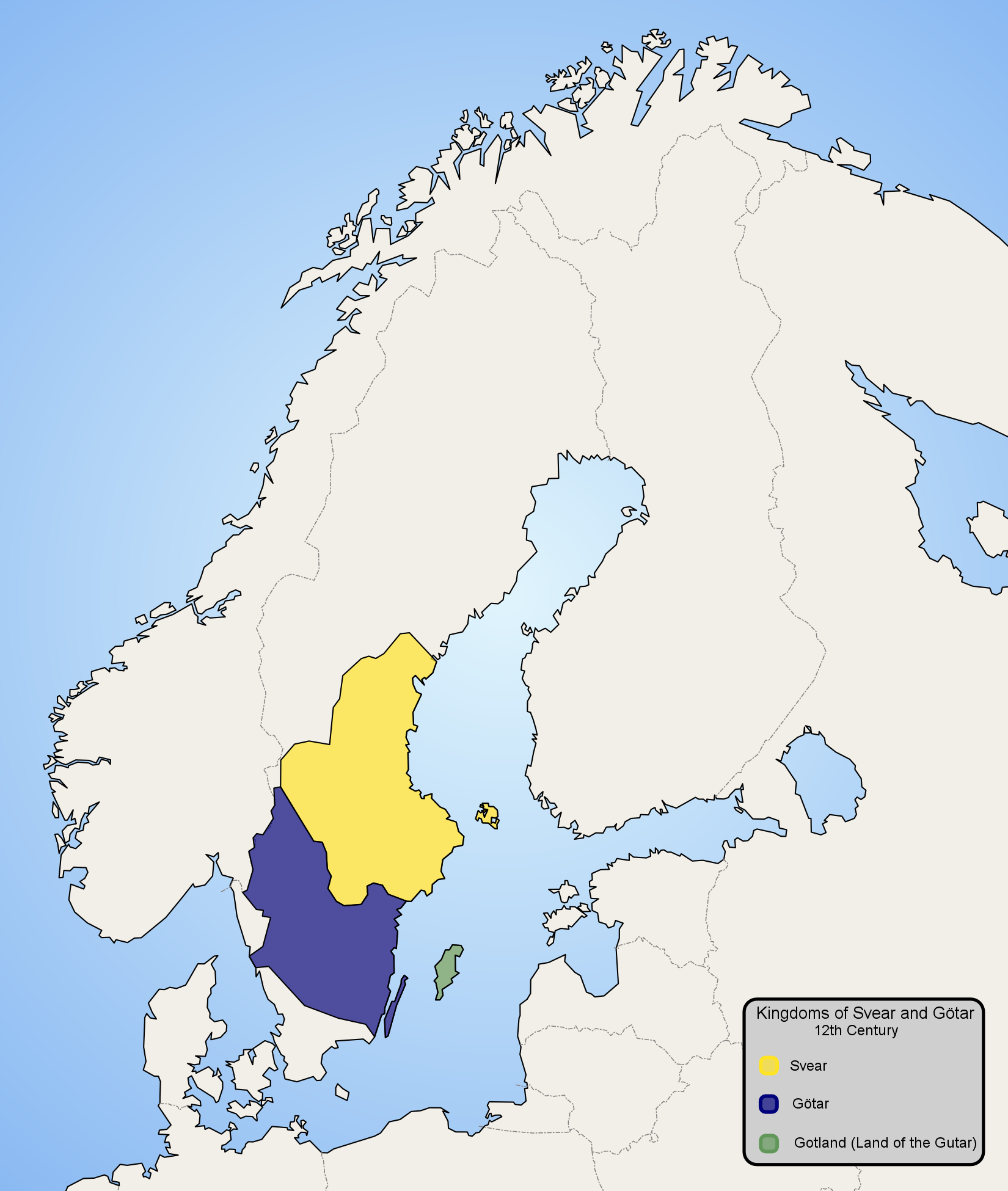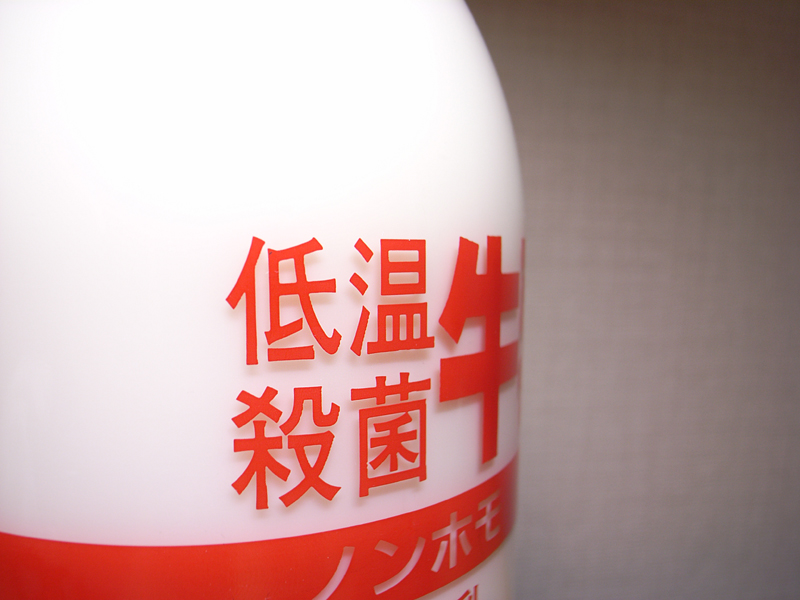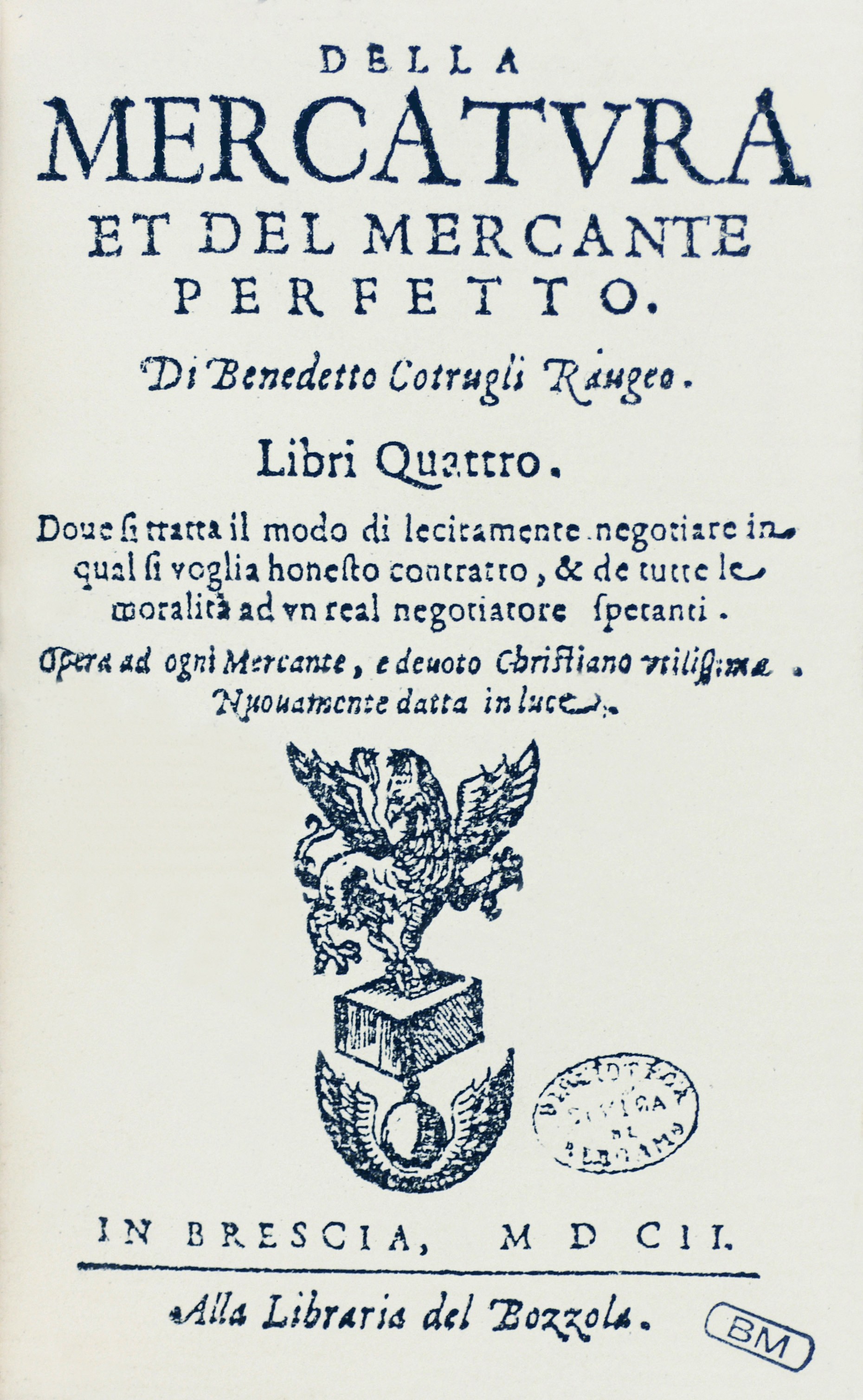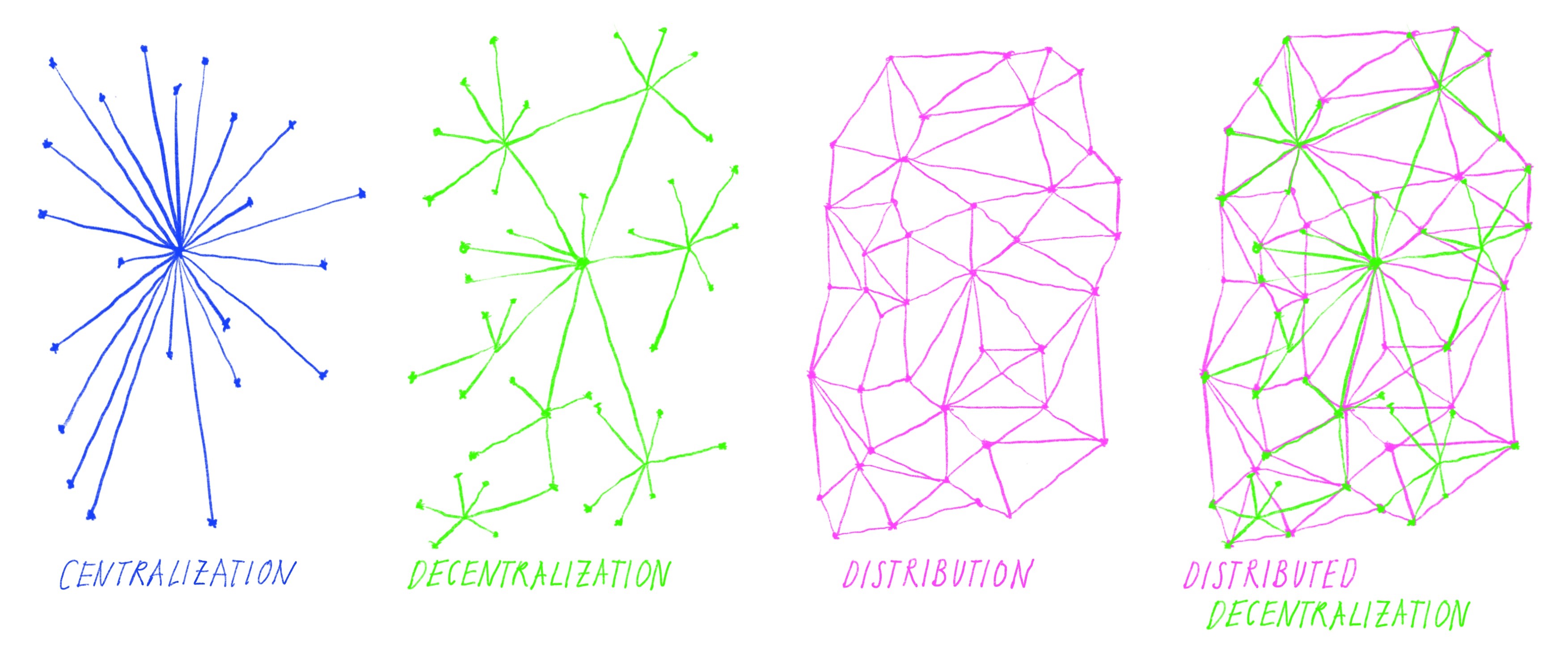|
Röda Lacket
Röda Lacket is a popular brand of Swedish snus (moist snuff) – a pasteurized smokeless tobacco product. It is made from a recipe invented in the 18th century. Registered in 1850, it's one of the oldest snus brands in existence. Origins Petter Swartz (1726–1789) grew up in the Bergslagen mining region up north. When arriving at the town of Norrköping, he first introduced the Italian double-entry bookkeeping, then he started his own snus factory in 1753. Together with his brother, Olof Swartz, they transformed the small business by implementing an efficient manufacturing process. Among other things, they constructed a horse-propelled grinder with a giant cog-wheel. Later they would use water for powering their factory complex. When production was at its peak, the Norrköping tobacco fields covered an area of almost 395000 square meters. Harvested tobacco was air cured in three large wooden barns. Seven different recipes were the backbone of the Swartz empire. The most famo ... [...More Info...] [...Related Items...] OR: [Wikipedia] [Google] [Baidu] |
Swedish People
Swedes ( sv, svenskar) are a North Germanic peoples, North Germanic ethnic group native to the Nordic region, primarily their nation state of Sweden, who share a common ancestry, culture, history and language. They mostly inhabit Sweden and the other Nordic countries, Swedish-speaking population of Finland, in particular Finland where they are an officially recognized minority, with a substantial Swedish diaspora, diaspora in other countries, Swedish Americans, especially the United States. Etymology The English term "Swede" has been attested in English since the late 16th century and is of Middle Dutch or Middle Low German origin. In Swedish language, Swedish, the term is ''svensk'', which is from the name of ''svear'' (or Swedes), the people who inhabited Svealand in eastern central Sweden, and were listed as ''Suiones'' in Tacitus' history ''Germania (book), Germania'' from the first century AD. The term is believed to have been derived from the Proto-Indo-European language ... [...More Info...] [...Related Items...] OR: [Wikipedia] [Google] [Baidu] |
Snus
Snus ( , ) is a tobacco product, originating from a variant of dry snuff in early 18th-century Sweden. It is placed between the upper lip and gum for extended periods, as a form of sublabial administration. Snus is not fermented. Although used similarly to American dipping tobacco, snus does not typically result in the need for spitting and, unlike naswar, snus is steam-pasteurized. The sale of snus is illegal in all the European Union countries except for Sweden. It is the most common type of tobacco product in Norway (which is not in the EU), and is available in Switzerland as well. Some EU countries like Estonia allow the sale of nicotine pouches, snus-like products that contain nicotine but no tobacco. Snus is also available in the United States. Canada makes it difficult to obtain snus through its high taxes on imported tobacco products. Snus has been seen as an alternative to smoking, vaping, chewing, dipping, and dissolvable and snuff tobacco products. Snus usu ... [...More Info...] [...Related Items...] OR: [Wikipedia] [Google] [Baidu] |
Pasteurized
Pasteurization American and British English spelling differences#-ise, -ize (-isation, -ization), or pasteurisation is a process of food preservation in which packaged and non-packaged foods (such as milk and fruit juices) are treated with mild heat, usually to less than , to eliminate pathogens and extend shelf life. The process is intended to destroy or deactivate microorganisms and enzymes that contribute to food spoilage or risk of disease, including vegetative bacteria, but most Endospore, bacterial spores survive the process. The process is named after the French microbiologist Louis Pasteur whose research in the 1860s demonstrated that thermal processing would deactivate unwanted microorganisms in wine. Spoilage enzymes are also inactivated during pasteurization. Today, pasteurization is used widely in the dairy industry and other food processing industries to achieve food preservation and food safety. By the year 1999, most liquid products were heat treated in a cont ... [...More Info...] [...Related Items...] OR: [Wikipedia] [Google] [Baidu] |
Tobacco
Tobacco is the common name of several plants in the genus '' Nicotiana'' of the family Solanaceae, and the general term for any product prepared from the cured leaves of these plants. More than 70 species of tobacco are known, but the chief commercial crop is ''N. tabacum''. The more potent variant ''N. rustica'' is also used in some countries. Dried tobacco leaves are mainly used for smoking in cigarettes and cigars, as well as pipes and shishas. They can also be consumed as snuff, chewing tobacco, dipping tobacco, and snus. Tobacco contains the highly addictive stimulant alkaloid nicotine as well as harmala alkaloids. Tobacco use is a cause or risk factor for many deadly diseases, especially those affecting the heart, liver, and lungs, as well as many cancers. In 2008, the World Health Organization named tobacco use as the world's single greatest preventable cause of death. Etymology The English word ''tobacco'' originates from the Spanish word "tabac ... [...More Info...] [...Related Items...] OR: [Wikipedia] [Google] [Baidu] |
Bergslagen
Bergslagen is a historical, cultural, and linguistic region located north of Lake Mälaren in northern Svealand, Sweden, traditionally known as a mining district. In Bergslagen, the mining and metallurgic industries have been important since the Middle Ages although Malmfälten ("the Ore Fields"), the mining district of northernmost Sweden centered at the towns of Kiruna and Malmberget, has been of greater importance during the 20th century. Bergslagen is not precisely defined, but generally understood to cover part of the provinces of Västmanland, Dalarna (the southern part), and Värmland (the eastern part). Typical towns in the area include Lindesberg, Nora, Fagersta, Sala, Kristinehamn, Filipstad, Grythyttan, Ludvika and Hedemora. Also parts of northern Östergötland, around Finspång, as well as southern Närke can be included, then often referring to ''South Bergslagen''. A wider definition of the area can include parts of Gästrikland ( Hofors) and ... [...More Info...] [...Related Items...] OR: [Wikipedia] [Google] [Baidu] |
Norrköping
Norrköping (; ) is a city in the province of Östergötland in eastern Sweden and the seat of Norrköping Municipality, Östergötland County, about 160 km southwest of the national capital Stockholm, 40 km east of county seat Linköping and 60 km west of the Södermanland capital of Nyköping. The city has a population of 95,618 inhabitants in 2016, out of a municipal total of 130,050,Folkmängd i Norrköpings kommun den 31 December 2010 making it Sweden's tenth largest city and eighth largest municipality. The city is situated by the mouth of the river , at [...More Info...] [...Related Items...] OR: [Wikipedia] [Google] [Baidu] |
Stockholm
Stockholm () is the Capital city, capital and List of urban areas in Sweden by population, most populous city of Sweden as well as the List of urban areas in the Nordic countries, largest urban area in the Nordic countries. Approximately 1 million people live in the Stockholm Municipality, municipality, with 1.6 million in the Stockholm urban area, urban area, and 2.4 million in the Metropolitan Stockholm, metropolitan area. The city stretches across fourteen islands where Mälaren, Lake Mälaren flows into the Baltic Sea. Outside the city to the east, and along the coast, is the island chain of the Stockholm archipelago. The area has been settled since the Stone Age, in the 6th millennium BC, and was founded as a city in 1252 by Swedish statesman Birger Jarl. The city serves as the county seat of Stockholm County. Stockholm is the cultural, media, political, and economic centre of Sweden. The Stockholm region alone accounts for over a third of the country's Gross d ... [...More Info...] [...Related Items...] OR: [Wikipedia] [Google] [Baidu] |
Double-entry Bookkeeping System
Double-entry bookkeeping, also known as double-entry accounting, is a method of bookkeeping that relies on a two-sided accounting entry to maintain financial information. Every entry to an account requires a corresponding and opposite entry to a different account. The double-entry system has two equal and corresponding sides known as debit and credit. A transaction in double-entry bookkeeping always affects at least two accounts, always includes at least one debit and one credit, and always has total debits and total credits that are equal. The purpose of double-entry bookkeeping is to allow the detection of financial errors and fraud. For example, if a business takes out a bank loan for $10,000, recording the transaction would require a debit of $10,000 to an asset account called "Cash", as well as a credit of $10,000 to a liability account called "Notes Payable". The basic entry to record this transaction in a general ledger will look like this: Double-entry bookkeeping is ... [...More Info...] [...Related Items...] OR: [Wikipedia] [Google] [Baidu] |
Monopolization
In United States antitrust law, monopolization is illegal monopoly behavior. The main categories of prohibited behavior include exclusive dealing, price discrimination, refusing to supply an essential facility, product tying and predatory pricing. Monopolization is a federal crime under Section 2 of the Sherman Antitrust Act of 1890. It has a specific legal meaning, which is parallel to the "abuse" of a dominant position in EU competition law, under TFEU article 102. Section 2 of the Sherman Act states that any person "who shall monopolize . . . any part of the trade or commerce among the several states, or with foreign nations shall be deemed guilty of a felony." Section 2 also forbids "attempts to monopolize" and "conspiracies to monopolize". Generally this means that corporations may not act in ways that have been identified as contrary to precedent cases. Jurisprudential meaning Under long-established precedent, the offense of monopolization under Section 2 has two elements. ... [...More Info...] [...Related Items...] OR: [Wikipedia] [Google] [Baidu] |
Centralisation
Centralisation or centralization (see spelling differences) is the process by which the activities of an organisation, particularly those regarding planning and decision-making, framing strategy and policies become concentrated within a particular geographical location group. This moves the important decision-making and planning powers within the center of the organisation. The term has a variety of meanings in several fields. In political science, centralisation refers to the concentration of a government's power—both geographically and politically—into a centralised government. An antonym of ''centralisation'' is ''decentralisation''. Centralisation in politics History of the centralisation of authority ''Centralisation of authority'' is the systematic and consistent concentration of authority at a central point or in a person within the organization. This idea was first introduced in the Qin Dynasty of China. The Qin government was highly bureaucratic and was adminis ... [...More Info...] [...Related Items...] OR: [Wikipedia] [Google] [Baidu] |
Snus
Snus ( , ) is a tobacco product, originating from a variant of dry snuff in early 18th-century Sweden. It is placed between the upper lip and gum for extended periods, as a form of sublabial administration. Snus is not fermented. Although used similarly to American dipping tobacco, snus does not typically result in the need for spitting and, unlike naswar, snus is steam-pasteurized. The sale of snus is illegal in all the European Union countries except for Sweden. It is the most common type of tobacco product in Norway (which is not in the EU), and is available in Switzerland as well. Some EU countries like Estonia allow the sale of nicotine pouches, snus-like products that contain nicotine but no tobacco. Snus is also available in the United States. Canada makes it difficult to obtain snus through its high taxes on imported tobacco products. Snus has been seen as an alternative to smoking, vaping, chewing, dipping, and dissolvable and snuff tobacco products. Snus usu ... [...More Info...] [...Related Items...] OR: [Wikipedia] [Google] [Baidu] |








